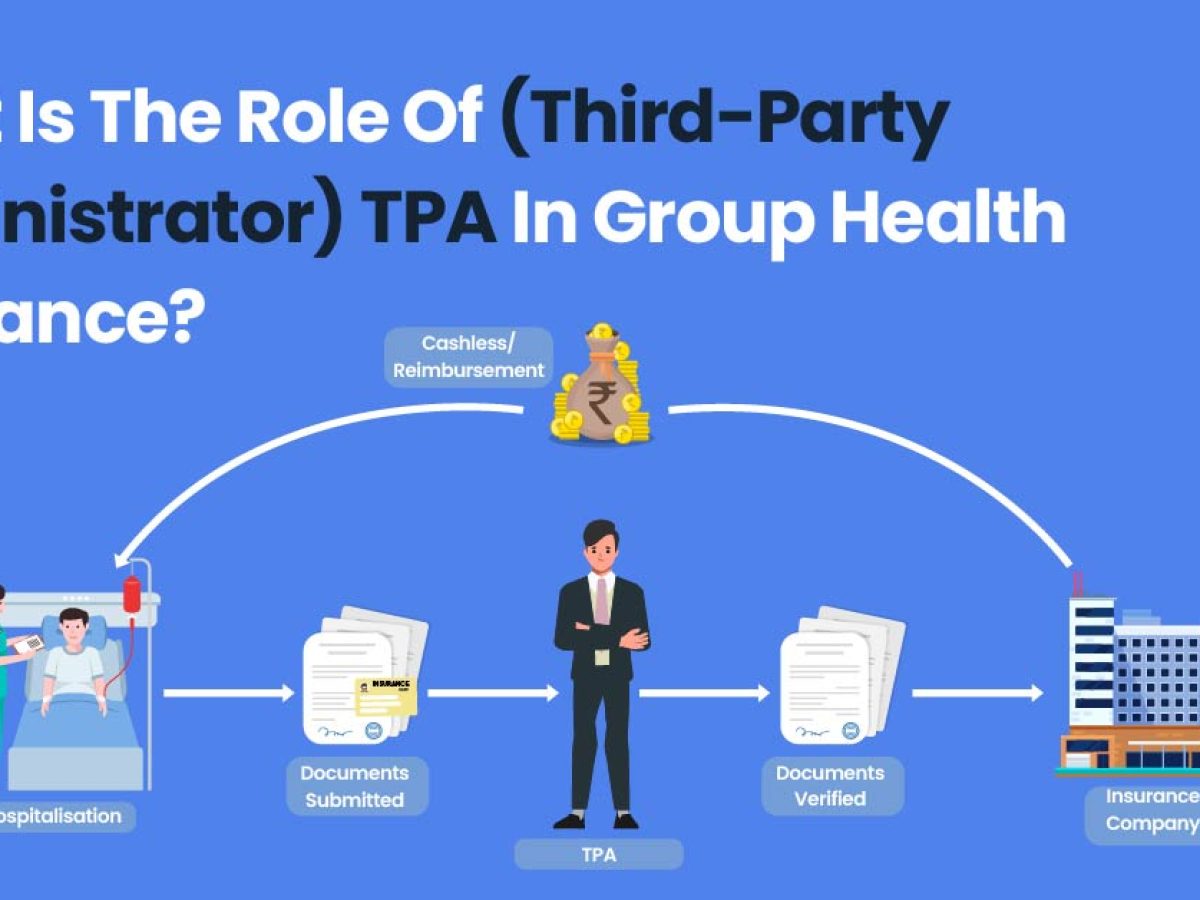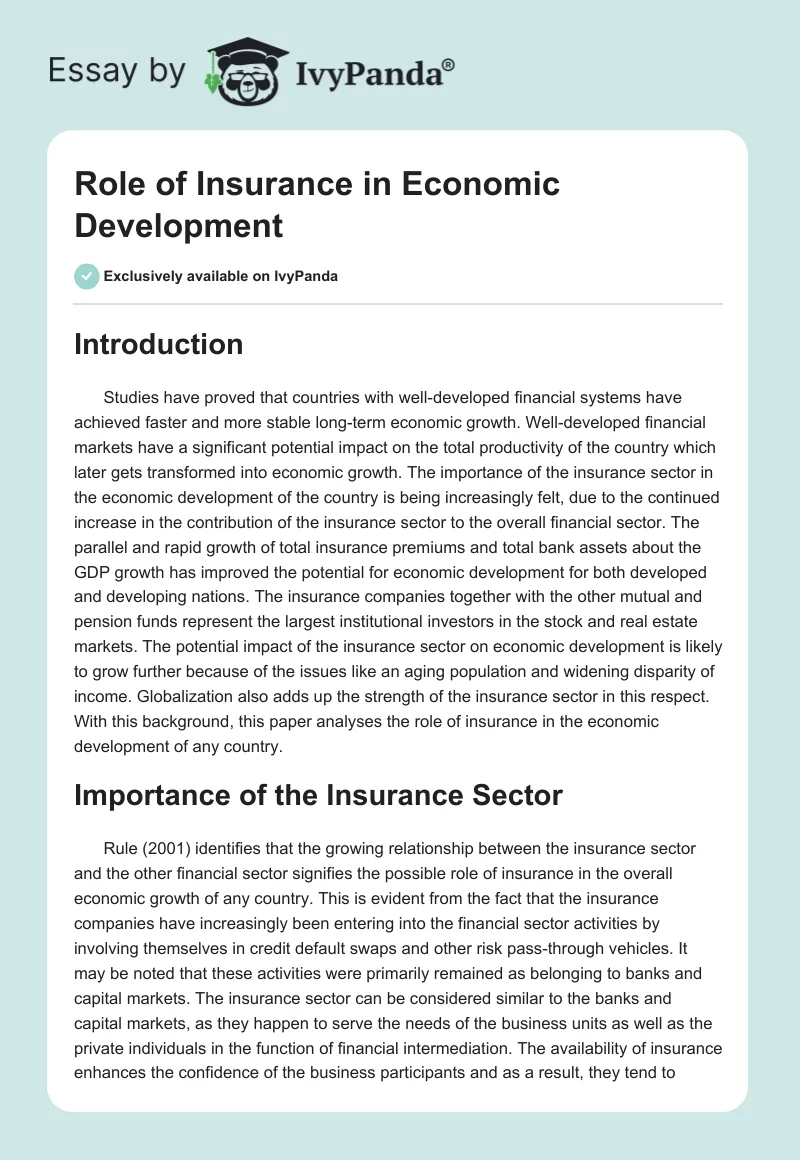7 Simple Techniques For Pacific Prime
7 Simple Techniques For Pacific Prime
Blog Article
Excitement About Pacific Prime
Table of ContentsTop Guidelines Of Pacific PrimeSome Of Pacific PrimeThings about Pacific PrimeSome Known Questions About Pacific Prime.
In a lot of states, the insurance firm is called for to send you a copy of the modifications to your plan. It is essential that you check out Endorsements or Bikers so you comprehend exactly how your plan has actually changed and if the policy is still appropriate to satisfy your demands. To get a duplicate of your insurance coverage, please call your insurance policy representative or business.
The Institute of Medication (IOM) Board on the Consequences of Uninsurance launches a prolonged exam of proof that addresses the importance of health and wellness insurance coverage with the publication of this report. Coverage Issues is the first in a series of six reports that will be released over the next 2 years recording the fact and effects of having actually an estimated 40 million people in the United States without medical insurance coverage.

How Pacific Prime can Save You Time, Stress, and Money.
The objective of this series of studies is to redouble policy attention on a longstanding problem. Following the longest economic development in American background, in 1999, an approximated one out of every 6 Americans32 million adults under the age of 65 and more than 10 million childrenremains uninsured (Mills, 2000).

Ten percent of the population accounts for 70 percent of wellness treatment expenditures, a correlation that has remained constant over the past three decades (Berk and Monheit, 2001) - global health insurance. Therefore medical insurance remains to offer the function of spreading risk even as it significantly funds routine care. From the perspective of healthcare providers, insurance coverage brought by their individuals assists protect an earnings stream, and neighborhoods take advantage of financially viable and stable health care specialists and organizations
Federal government gives medical insurance to populations whom the personal market may not offer successfully, such as disabled and senior persons, and populaces whose access to healthcare is socially valued, such as kids and pregnant females. The utmost ends of health insurance protection for the private and neighborhoods, consisting of office areas of workers and employers, are improved health results and high quality of life.
Excitement About Pacific Prime
Employees rate wellness insurance policy first without a doubt in relevance among all the benefits offered in the workplace (Salisbury, 2001). There have been substantial financial investments of personal and public funds to give health insurance coverage, several people still have no insurance coverage. In spite of considerable reporting of study findings and healthcare research results, the basic public stays overwhelmed and mistaken concerning Americans without medical insurance and the ramifications of lacking insurance coverage.

Without inquiry, the intricacy of American healthcare financing devices and the wide range of resources of info include to the public's confusion and apprehension about medical insurance stats and their interpretation. This record and those that will certainly adhere to goal to boil down and provide in readily easy to understand terms the considerable research that bears on inquiries of medical insurance protection and its relevance.
Fifty-seven percent of Americans questioned in 1999 thought that those without health insurance are "able to get the care they need from doctors and hospitals" (Blendon et al., 1999, p. 207). In 1993, when national attention was concentrated on the problems of the uninsured and on pending healthcare regulation, simply 43 percent of those polled held this idea (Blendon et al., 1999).

They additionally obtain fewer preventive services and are less most likely to have routine take care of persistent conditions such as high blood pressure and diabetes mellitus. Chronic illness can cause pricey and disabling problems if they are not well handled (Lurie et al., 1984; Lurie et al., 1986; Ayanian et al., 2000). One national study asked greater than 3,400 adults concerning 15 highly severe or somber problems.
The Greatest Guide To Pacific Prime
Extra proof is offered later on in this phase in the conversation of insurance and access to healthcare. https://href.li/?https://www.pacificprime.com/. Individuals without health and wellness insurance are young and healthy and balanced and pick to go without coverage. Practically fifty percent (43 percent) of those checked in 2000 believed that individuals without wellness insurance policy are more probable to have wellness problems than individuals with insurance policy
Voters and policy manufacturers in focus group conversations identify those without insurance as young individuals that have the chance to be covered and feel they do not require it (Porter Novelli, 2001). Compared to those with a minimum of some private insurance coverage, the uninsured are less most likely to report being in excellent or extremely great health and wellness (Company for Medical Care Research and High Quality, 2001).
SOURCE: Facility for Expense and Funding Research Studies, Firm for Medical Care Research and Quality, based on MEPS data. Young person between 19 and 34 are much more most likely to do not have wellness insurance policy than any other age. This is chiefly because they are less usually eligible for employment-based insurance coverage due to the nature of their job or their brief period in it.
The assumption that individuals without insurance have better-than-average health follows from puzzling the reasonably young age profile of the without insurance with the better health, generally, of younger persons. This covers the link between wellness condition and wellness insurance policy. For those without article source accessibility to work environment medical insurance, bad health is a possible barrier to purchasing nongroup coverage due to the fact that such coverage might be very valued, leave out preexisting conditions, or be merely not available.
Report this page